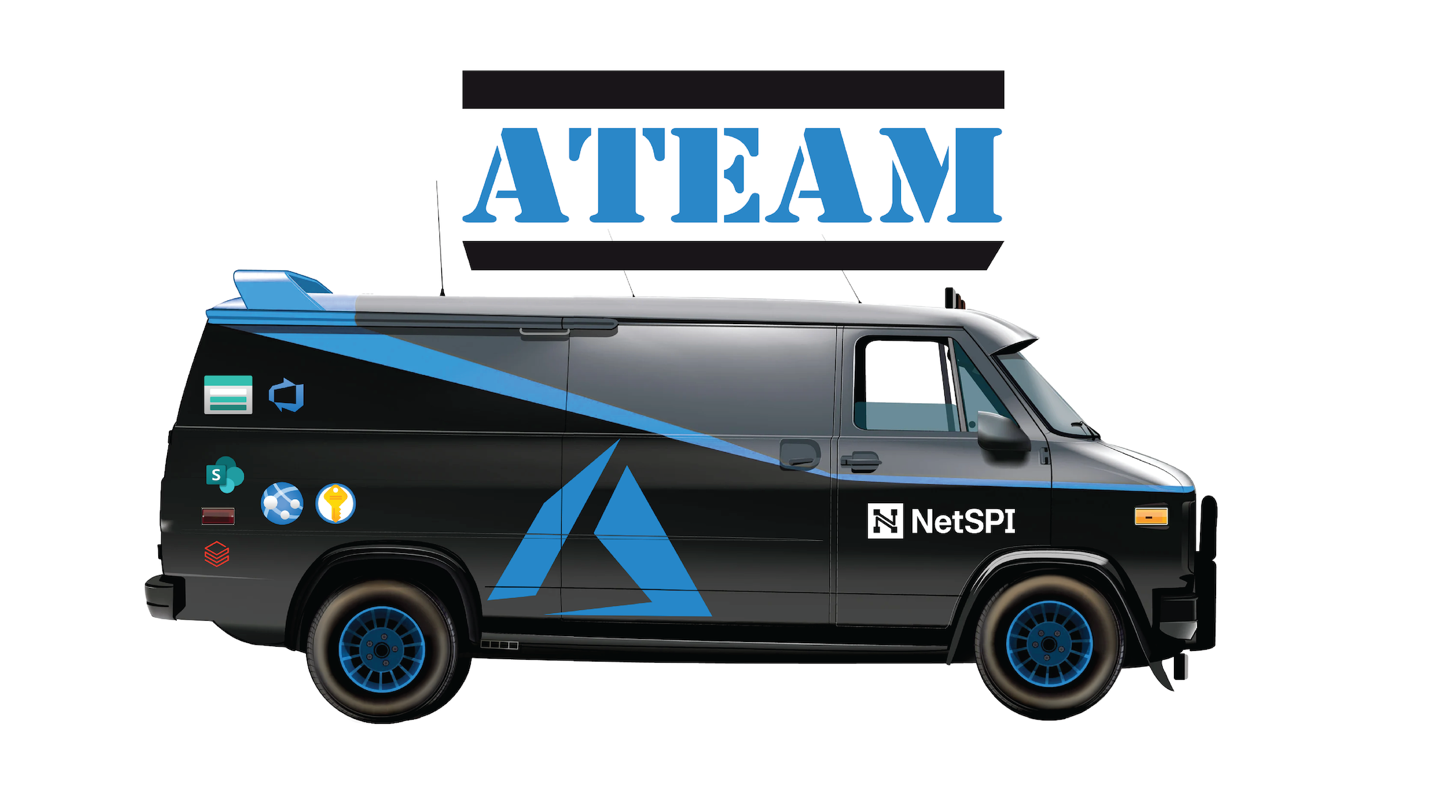Walking the Cybersecurity AI Tightrope

The cybersecurity landscape is experiencing a seismic shift as artificial intelligence becomes increasingly central to how organizations run a security or IT team. From boardrooms to security operations centers, the question isn’t whether AI will impact your organization, but rather how quickly and effectively you can harness its potential benefits while mitigating its risks. This discussion has created two distinct camps: one all for AI, and one with hesitations, each with compelling key argument themes that deserve careful consideration.
The reality is that AI in cybersecurity isn’t coming soon; it’s already here.
AI Addressing Real Security Challenges
Proponents of AI integration into security testing point to three fundamental capabilities that directly address the most pressing challenges facing modern organizations.
- Speed: In cybersecurity, response time directly correlates with impact. When attackers can exploit exposed credentials within minutes, according to research from Unit42, the ability to rapidly discover, analyze, and remediate threats becomes critical. Using AI tooling can help enable this rapid response by highlighting abnormalities, automating triage, and assigning remediation. This automation significantly reduces both Mean Time to Detection (MTTD) and Mean Time to Response (MTTR), which can mean the difference between a contained incident and a catastrophic breach.
- Scale: Modern enterprises process massive volumes of security data every single day. AI tools excel at analyzing these vast datasets in real-time, processing information volumes that would overwhelm even the largest of security teams. The ability to maintain comprehensive monitoring across complex, distributed environments while identifying anomalies and recognizing both known threats and novel attack patterns gives organizations coverage that traditional approaches might miss.
- Reduced Effort: One of AI’s most significant contributions to cybersecurity is its ability to automate labor-intensive tasks that traditionally consume countless hours of skilled professional time. In penetration testing, for example, AI can accelerate reconnaissance activities, automatically perform aspects of testing, and generate initial vulnerability assessment reports that would typically require days of manual work. This allows penetration testers to focus their expertise on the complex, creative aspects of testing rather than spending time on repetitive enumeration and basic vulnerability identification. By handling the grunt work, AI improves both the efficiency and breadth of security assessments.
Understanding the Limitations and Risks of AI
Security leaders raising concerns about AI security tool adoption also have equally valid points. The limitations of AI in cybersecurity use cases can introduce new vulnerabilities while failing to address the nuanced challenges that complex security operations currently deal with.
Lack of Depth and Critical Thinking: AI systems excel at pattern recognition and processing large datasets, but they fundamentally lack the deep, contextual analysis and critical thinking capabilities that complex environments require. When investigating sophisticated exposures and vulnerabilities, such as in a penetration test, human analysts consider business context, organizational relationships, and subtle indicators that AI often miss. AI may identify that a system is vulnerable during a pentest, but it cannot understand the business implications, assess the strategic value of potentially compromised systems, or make nuanced decisions about response priorities based on organizational risk tolerance which represents a fundamental limitation, especially during high-stakes security operations.
Lack of Accuracy and Fidelity: Perhaps more problematic is AI-only testing model’s tendency to generate what industry professionals increasingly call “slop,” or output that appears authoritative but lacks accuracy and fidelity. AI-only testing models can produce confident-sounding results that are incorrect, generate false correlations, or miss critical indicators while also flagging irrelevant anomalies, sometimes even completely making up information. This creates a situation where AI, intended to reduce analyst workload, actually generates more work as security teams must validate every AI-generated alert, prioritize recommendations that may be based on flawed logic, and contextualize findings that lack proper business understanding. The result is not efficiency, but an added layer of quality control that can be equally as time-consuming or more so than the original manual analysis.
Resource Intensive and Lack of Transparency: Effective AI security solutions demand significant computational resources and highly skilled talent to develop, deploy, and maintain them. Organizations often discover that implementing AI into their tools and operations require data scientists, AI specialists, and machine learning engineers, which are roles that are as difficult to fill as traditional security analyst positions or more. Additionally, many AI systems operate as “black boxes,” making it impossible for security teams to understand the reasoning behind critical decisions. When an AI model flags something as suspicious or clears it as benign, the lack of transparency makes it challenging to validate decisions, learn from mistakes, or explain actions to stakeholders and regulators.
The Balanced Approach
The most effective cybersecurity strategies recognize that this isn’t an either-or decision. The future lies in creating partnerships that leverage a combination of both AI and human expertise for each of their respective strengths as they are available today.
What security leaders tell us is that we must use AI in certain ways to stay relevant and effective in today’s threat landscape. However, the critical mistake many organizations make is treating AI output as final answers. The most successful approaches don’t simply copy and paste initial AI results, but instead, they take those results and review, edit, and refine the output into something accurate and meaningful for their specific use case.
Organizations that master this balance position themselves to defend against evolving threats while making efficient use of valuable human resources. The key is implementing AI tools and capabilities where it provides clear value while maintaining human oversight for strategic decisions and complex investigations.
NetSPI’s Combined AI and Human Expertise Approach to Security
At NetSPI, we’ve developed a balanced approach that the industry needs, combining AI technology with our 350+ in-house security experts and 25 years of proven processes to deliver industry-leading quality, speed, and scale for our clients. Rather than replacing our people with AI or ignoring AI’s potential entirely, we’re strategically leveraging AI where it provides clear value while ensuring that critical security decisions remain grounded in human expertise and business context. This approach allows us to deliver the efficiency and scalability that AI enables while maintaining the depth, accuracy, and fidelity that only experienced security professionals can provide.
For security leaders evaluating AI adoption, the focus should be on specific use cases where AI provides measurable value, while maintaining the human judgment and proven processes that effective cybersecurity requires. The time to develop this balanced approach is now, and NetSPI is leading the way in demonstrating how AI and human expertise can work together to deliver superior security outcomes.
If your organization is concerned about the security risks of AI implementations within your environment, NetSPI’s AI/ML Penetration Testing services can help you assess and enhance the resilience of your AI systems. Whether you’re fine-tuning off-the-shelf models, building custom solutions, or integrating LLM functionality into your applications, our specialized testing identifies vulnerabilities that traditional security assessments miss. Our AI/ML security experts help your AI initiatives remain secure as they evolve. Contact us to learn how our AI/ML penetration testing can safeguard your organization’s AI journey.
Contact us to learn how our AI/ML penetration testing can safeguard your organization’s AI journey.
Explore More Blog Posts

We Know What You Did (in Azure) Last Summer
At DEF CON 33, NetSPI presented a talk about how Azure resources supporting Entra ID authentication expose tenant IDs, enabling attackers to attribute cloud resources to specific organizations at scale.

Unix Underworld: Tales from the Dark Side of z/OS
Discover how penetration testing ensures compliance with SOC 2, PCI DSS, and HIPAA, safeguarding data, mitigating risks, and building trust in a data-driven world.

Penetration Testing for Compliance: Achieving SOC 2, PCI DSS, and HIPAA
Discover how penetration testing ensures compliance with SOC 2, PCI DSS, and HIPAA, safeguarding data, mitigating risks, and building trust in a data-driven world.
